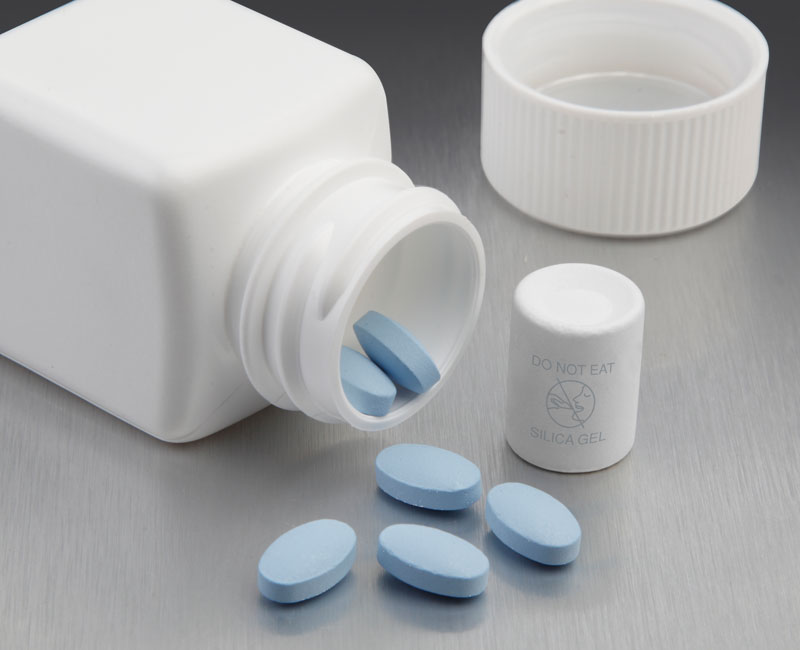Pharmaceutical Companies Package their drugs based on criteria stipulated by the authorities. These stipulations also define the addition of a pharmaceutical desiccant from the packaging. Desiccants are critical to any kind of packaging as they are hygroscopic materials; they create water molecules in the surrounding stick onto their face. Desiccants are porous Compounds that trap the water molecules in their molecular structure. Pharmaceutical drugs need this as moisture may completely disintegrate the medication, either reducing its effectiveness or rendering it unfit for consumption. Moisture also Promotes fungus growth; this isn’t just highly unhygienic, but it may also alter the chemical makeup of certain tablets. A teenager prevents this from occurring by sucking out all of the moisture in the packaging of the medication. Drugs stored under these conditions have a longer shelf life.

Any substance with sorbent Possessions is a desiccant used in packaging. Many desiccants are chemically inert; they do not cause a chemical reaction on contact with a medication. But certain desiccants can result in a chemical reaction in contact with other substances and thus must be handled with caution. Any hygroscopic substance That could suck moisture and is recognized by the regulatory Authorities body is appropriate for the packaging of medications and pharmaceutical drugs. Desiccant classification as Type I, II, III, IV, or V is dependent upon their moisture sorption isotherm. Silicon, activated carbon and zeolites are a few well-known desiccant examples.
Silica Gel
A silica gel desiccant is Possibly the most widely used form of PHARMACEUTICAL DESICCANT, not just in pharma products but also in the packaging of frequent consumer products. Silica gel is the granular form of silicon dioxide, synthetically generated from sodium silicate. Silica gel is inert, vitreous glass-like shine, and porous. Silica gel works through the process of adsorption. When air moves through the silica gel, the water molecules inside it get trapped within the gel, and as the air moves out, it is moisture-free. If silica gel reaches Temperatures of 180°F or 82°C, it expels the water that is trapped within. Whatever the case, keeping drugs at that temperature isn’t advised, so this regeneration process doesn’t occur. Activated carbon is a potent Desiccant that eliminates odor and moisture; this has made it a remarkably common desiccant in several businesses as well as for pharma uses. Activated carbon can also store gas inside its molecular structure together with water.